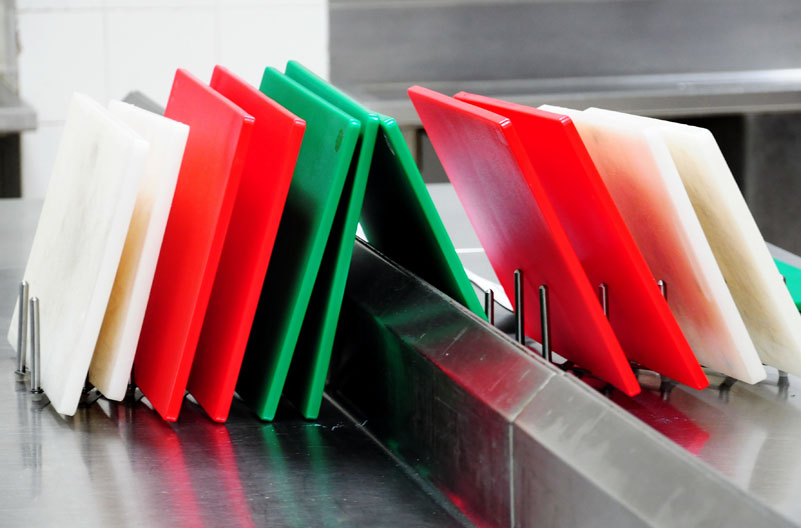Food hygiene vs food safety - What's the difference?


While often used interchangeably, food safety and food hygiene refer to two slightly different concepts. Food safety refers to all processes that are used to ensure food is safe to eat. Food hygiene, however, means specific practices and conditions put in place to prevent foodborne illnesses by controlling biological, chemical, physical and allergenic hazards. It's a crucial part of food safety, which also includes temperature control, risk analysis and prevention and broader controls such as supplier management.
Because of their similarity, the terms 'food hygiene' and 'food safety' are often used to mean the same thing. This is especially true when it comes to training - so if you are looking for a food hygiene certificate and come across a food safety course, you are probably on the right tracks.
Food safety refers to the broad principles and practices aimed at preventing contamination and illness by managing hazards throughout the entire food production chain.
In the UK, the Food Standards Agency (FSA) in England, Wales, and Northern Ireland, and Food Standards Scotland in Scotland, oversee food safety. They uphold food safety standards that have been incorporated into UK law through various regulations, including The Food Safety and Hygiene (England) Regulations 2013, The General Food Regulations 2004, and the Food Safety Act 1990.
UK and NI food safety legislation dictates that food businesses must:
In Wales, Scotland and NI, food businesses are also required to display their current food hygiene rating, determined by their local authority.
Food hygiene refers to the practical actions and conditions needed to maintain a clean and healthy environment during food handling.
Five key principles of food hygiene are:
A Food Safety Management System is a vital tool in controlling food safety within a food business. Typically this is implemented and overseen by a manager or supervisor, and followed by all food handlers within the business. HACCP - Hazard Analysis and Critical Control Points - is a food safety management system that can be used to risk assess the threats to food safety and introduce and monitor control measures to minimise or eliminate those threats.
Managers in food businesses often required Level 3 Food Hygiene training, as well as HACCP training in order to assist them with this element of their role.
Poor food hygiene and safety can lead to serious consequences for businesses and consumers, including foodborne illnesses, food poisoning outbreaks, and severe health complications, especially for vulnerable individuals.
Businesses may face:
Therefore, maintaining high food safety standards - including excellent food hygiene - is an absolute must for all food businesses.
Join 950,000+ learners
Explore our award winning online video based training
The Safer Food Group
Unit 2, Integrity House,
Lower Lumsdale, Matlock
DE4 5EX
Back
to top
© The Safer Food Group 2025 | Privacy policy